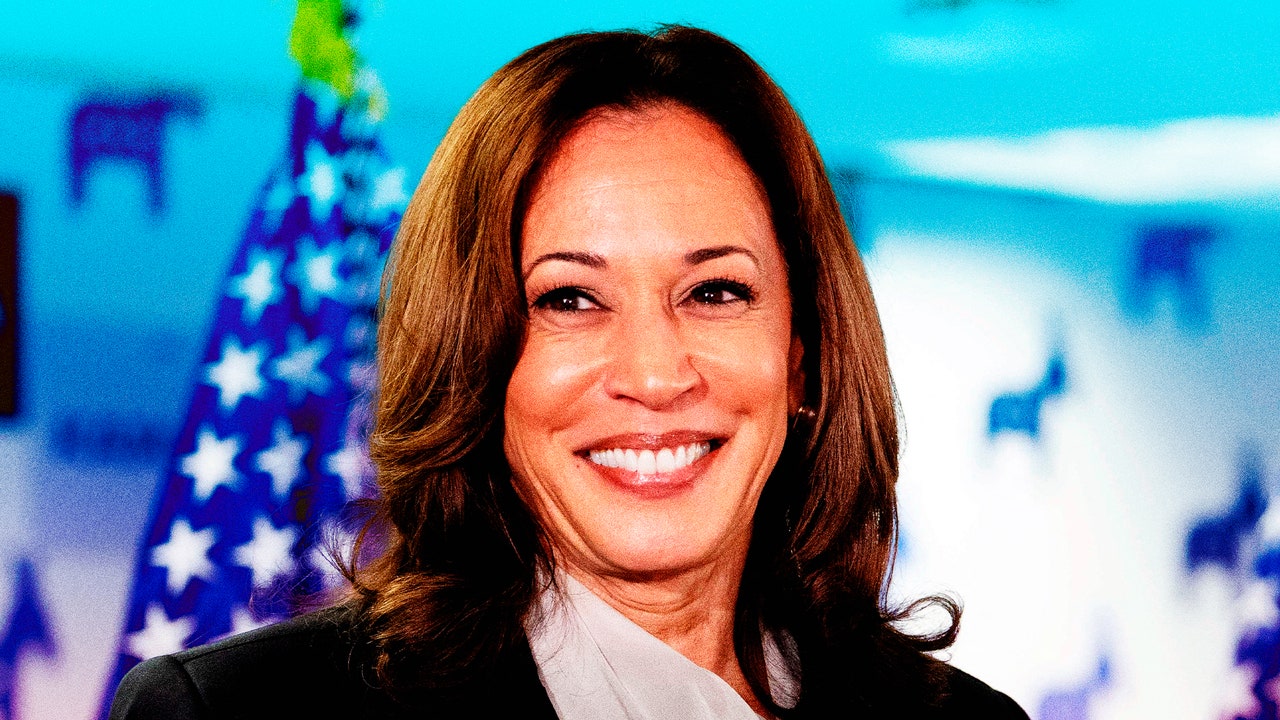By the time Kamala Harris, then a California senator, entered the 2020 primary, the general understanding was that to win a U.S. presidential election, Democratic candidates had to not only emulate Obama (the last Democrat to really blow up online) but also troll like Trumpâwhile simultaneously trying to build some kind of fandom. As a result, a lot of candidates swerved between seeming out of touch and outright cringe.
This is why, in 2020, Pete Buttigieg leaned so heavily into both his folksy âMayor Peteâ nickname and kept encouraging his supporters to dance to Panic! at The Disco’s âHigh Hopes.â Meanwhile, Harris’s KHive was devolving into drama.
The KHiveâthe name is a play on Beyoncé’s Beyhiveâwas, in fact, an organic internet movement, largely built by Black women. According to a 2019 report in Vox, this small group was generating hundreds of millions of impressions on Twitter. But it was also becomingâas most fandoms doâtoxic. The KHive battled the dirtbag left and also fought internally, sinking their chances to connect with the wider internet. Some argued that Harris failed to spread her message beyond her supersupporters, and that this contributed to her loss in 2020. âAfter dabbling in calling for social and economic justice, she turned back to presenting herself as a prosecutor who would use her skills to indict a âcriminalâ president,â Slateâs Julia Craven wrote in December 2019. âThe inconsistency ultimately led the campaign to a slow death.â
Curiously, Biden’s now-defunct reelection campaign spent the summer in a similar state of confusion. Its tactics were not only inconsistent, they were downright contradictoryâmost notably in how Biden used TikTok. His team launched @bidenhq in February only to sign a bill two months later that would ban the app if its Chinese owner ByteDance doesn’t divest the platform. And yes, users did notice.
The account rebranded itself as @kamalahq on Monday, however, and posted a photo gallery set to audio from a Chappell Roan song that has now been viewed 16 million times. And beyond her own account, Harris is dominating American TikTok feeds right now, largely thanks to her quick embrace of the âBrat summerâ meme.
In the same way that communities and subcultures powered online discourse in the late 2010s, video content and filter bubbles reign supreme now. Users identify with fandoms, but they do so from inside their algorithmic ecosystems. It’s much harder for celebrities and candidates to break through to a wide audience, especially as television is eclipsed by short-form video. Which makes Harrisâs use of pop music an important factor here. A lot has changed since the days of Mayor Peteâs âHigh Hopesâ dance. TikTok is now the most important social platform in America, and it primarily runs on audio. Meanwhile, Instagramâarguably TikTokâs biggest competitorâis currently filtering political content. A memeable candidate is therefore even more useful for breaking through votersâ algorithmic bubbles.
Harrisâs huge first week doesn’t mean that Democratic strategists have completely acclimated to the current moment, though. Thankfully, Democrats do not appear to be interested in taking Aaron Sorkinâs deranged advice to nominate Mitt Romney, but they are pushing some pretty terrible campaigning ideas. Semafor got hold of a memo written by Georgetown law professor Rosa Brooks and venture capitalist Ted Dintersmith that, well, reads exactly like something a law professor and venture capitalist would dream up. It suggests working with a disparate cast of celebrities such as MrBeast, Oprah Winfrey, and the rapper Common. If Harris wants to win in November, she should stay as far away from this sort of early-2010s liberal posturing as possible. Reports are already circulating that the Democratic National Convention will feature âan A-list pop star.â If Harris wants to hold on to her cool factor, hopefully itâs someone who was born after 1985.
A common refrain from leftist activists right now is that the groundswell of support for Harrisâparticularly from the dirtbag leftists who have, at least temporarily, given up on âKamala the copââcould translate into the kind of result France saw in its snap election last month, when a new left-wing coalition trounced the far-right faction that they had united against. At least right now, that does seem right. But we still haveâas far as elections goâa long time until November.
Weâre also no closer now than we were in 2016 to really knowing if online engagement directly results in a good turnout at the polls. But before the internet, the accepted wisdom was that good, consistent campaigning and a strong drumbeat of media coverage helped candidates. And it seems reasonable to argue that TikTok buzz, as amorphous and fickle as it is, is a form of earned media coverage. If coconut memes and laugh remixes are the secret to holding that coalition together, so be it. Let a thousand fancams flourish.
But Harris and her team would be best not to forget a piece of very old internet advice: You canât force a meme.

